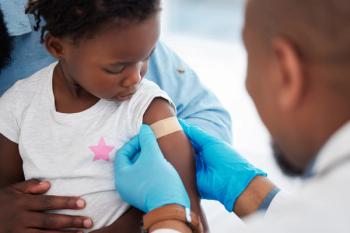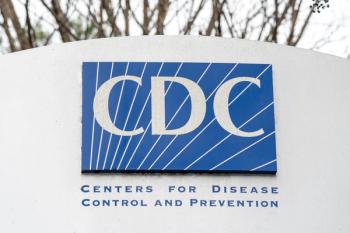
Rise in pediatric firearm deaths linked to permissive state gun laws
New research highlights how differences in state laws may be linked to changing trends in pediatric firearm mortality across the United States.
A study recently published in JAMA Pediatrics found that US states with permissive firearm laws saw significantly more pediatric firearm deaths following the 2010 Supreme Court ruling in McDonald v Chicago, which applied the Second Amendment to state and local governments. In contrast, states with stricter firearm regulations experienced no increase or a decline in pediatric deaths due to firearms.1,2
Using national mortality data from the CDC WONDER database, researchers analyzed firearm deaths in children aged 0 to 17 between 1999 and 2023. They categorized states into 3 legal groups—strict, permissive, and most permissive—based on gun ownership and use policies, and compared trends before and after the McDonald ruling.
Over the 13-year period following the decision (2011–2023), researchers found 7,453 excess pediatric firearm deaths nationwide—6,029 in the most permissive states and 1,424 in permissive states. States with strict firearm laws did not show an increase in deaths; in fact, they experienced 55 fewer pediatric deaths than expected. “We saw over 7,400 more pediatric deaths due to firearms than would have been expected,” said lead author Jeremy Faust, MD, an emergency physician at Brigham and Women’s Hospital. “And when checked against other causes of death, including homicides and suicides not involving firearms, there were no similar changes. This shows that differences in firearm laws matter.”
The increase in deaths in permissive states included both firearm-related suicides and homicides. In the most permissive states, there were 2,004 excess pediatric deaths by firearm-related homicide and 3,399 by suicide. In permissive states, those figures were 269 and 1,077, respectively.
The burden of firearm mortality was not evenly distributed. The greatest increases were observed among non-Hispanic Black youth in the most permissive and permissive state groups. These disparities did not worsen in states with stricter gun laws. “Addressing the epidemic of pediatric firearm mortality requires collective action and policy change,” said Onyeka Otugo, MD, MPH, MPA, an author on the study and emergency physician at Brigham and Women’s Hospital. “Gun laws truly make a difference for the collective safety of children.”
The study found that 4 states—California, Maryland, New York, and Rhode Island—all of which were categorized as strict in their firearm policies, experienced statistically significant decreases in pediatric firearm deaths after the ruling. For instance, Rhode Island saw its firearm mortality rate drop by 60% compared to the pre-ruling period.
Researchers used a model that adjusted for demographic trends and projected expected death rates had firearm laws and other factors remained constant. Their analysis did not find comparable increases in other causes of death, such as motor vehicle collisions, non-firearm suicides, or overdoses, indicating that the rise in firearm-related deaths was likely linked to changes in firearm legislation.
While the study did not evaluate which specific policies were most protective or harmful, it highlights a need for further investigation into which regulations, such as safe storage laws or universal background checks, are most effective in reducing firearm-related mortality among children.
The authors noted that the number of children living in households with firearms has increased in recent years, adding urgency to identifying effective prevention strategies. They recommend that future research focus on evidence-based firearm policies and clinical practices, including the role pediatricians might play in anticipatory guidance related to firearm safety.
The findings underscore that pediatric firearm deaths are not evenly distributed across the country and are influenced by the broader legislative landscape. The researchers plan to share the study’s findings with policymakers and hope the data will inform efforts to reduce preventable pediatric deaths.
References:
1. Mass General Brigham. Researchers find thousands of pediatric firearm deaths linked to more permissive state gun laws. Eurekalert. June 9, 2025. Accessed June 11, 2025. https://www.eurekalert.org/news-releases/1086711
2. Faust JS, Chen J, Bhat S, et al. Firearm Laws and Pediatric Mortality in the US. JAMA Pediatr. Published online June 9, 2025. doi:10.1001/jamapediatrics.2025.1363
Newsletter
Access practical, evidence-based guidance to support better care for our youngest patients. Join our email list for the latest clinical updates.










